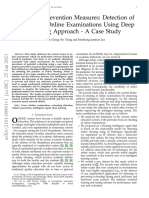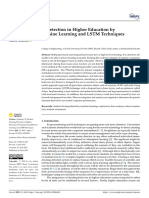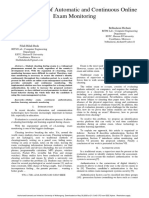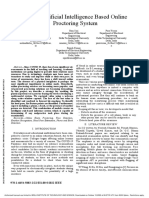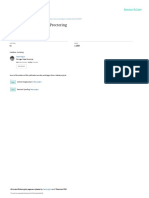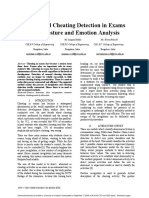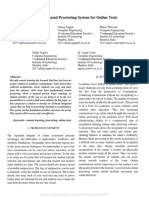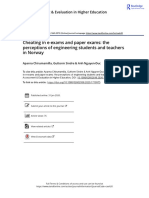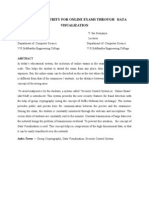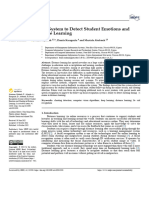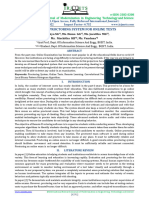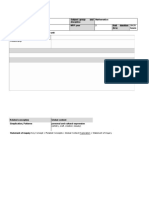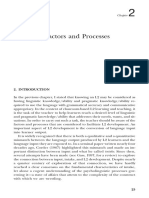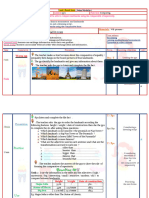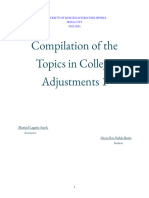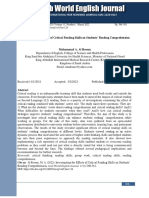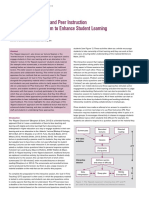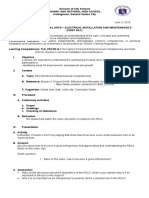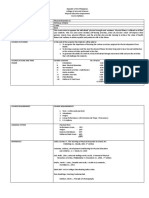0% found this document useful (0 votes)
72 views5 pagesBehavioral Detection and Prevention of Cheating During Online Examination Using Deep Learning Approach
Uploaded by
inovasiart9Copyright
© © All Rights Reserved
We take content rights seriously. If you suspect this is your content, claim it here.
Available Formats
Download as PDF, TXT or read online on Scribd
0% found this document useful (0 votes)
72 views5 pagesBehavioral Detection and Prevention of Cheating During Online Examination Using Deep Learning Approach
Uploaded by
inovasiart9Copyright
© © All Rights Reserved
We take content rights seriously. If you suspect this is your content, claim it here.
Available Formats
Download as PDF, TXT or read online on Scribd
/ 5
